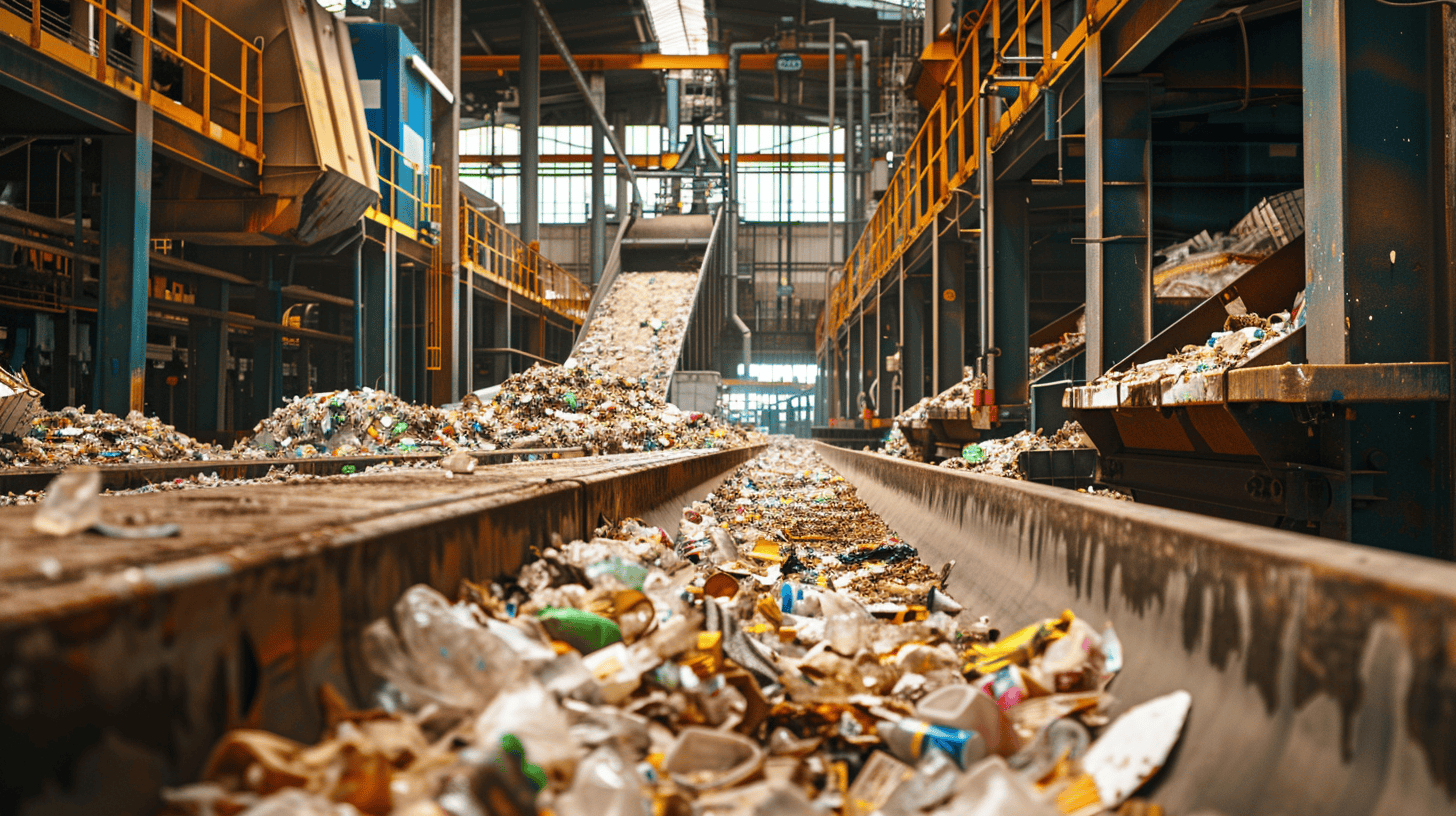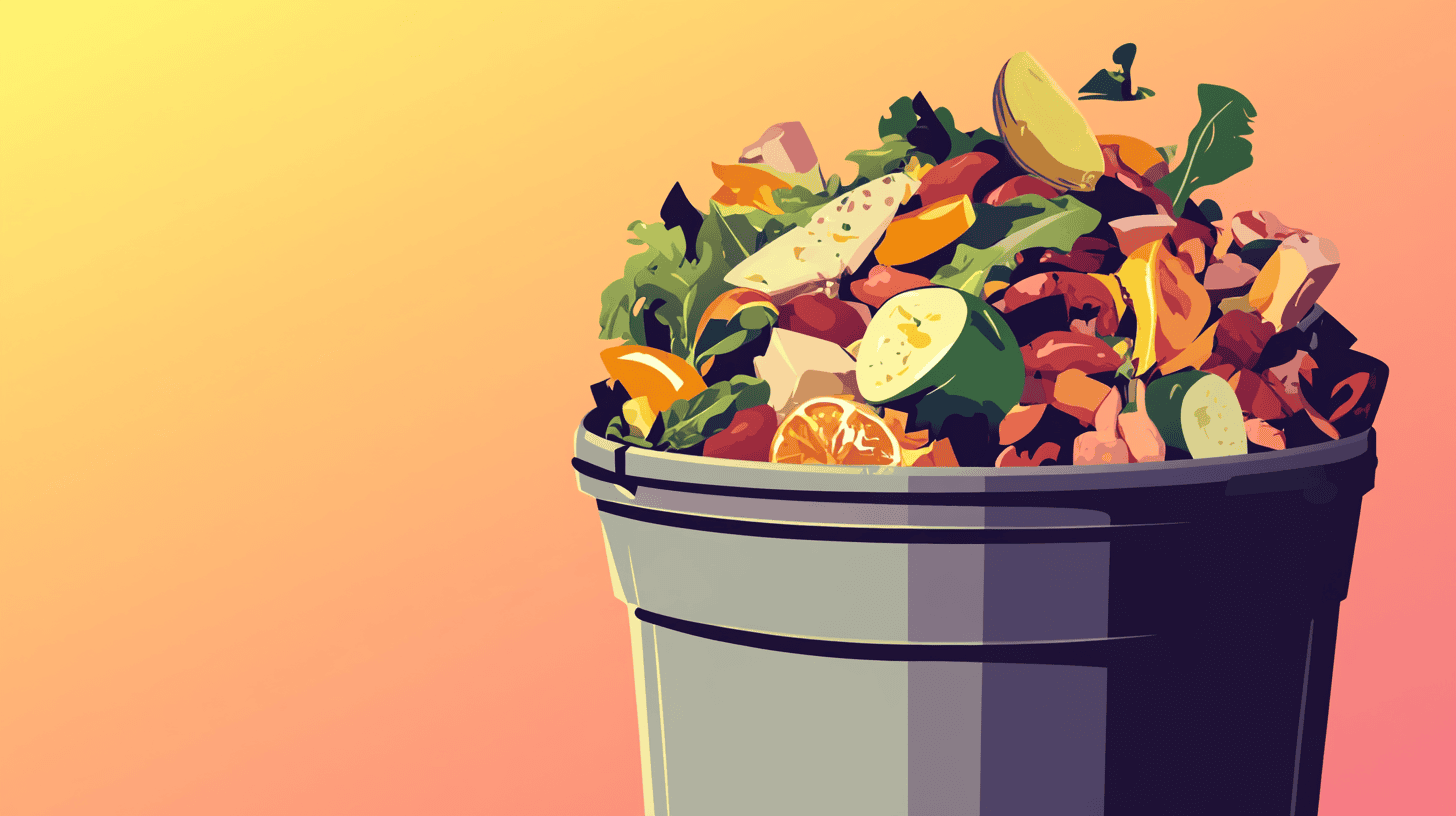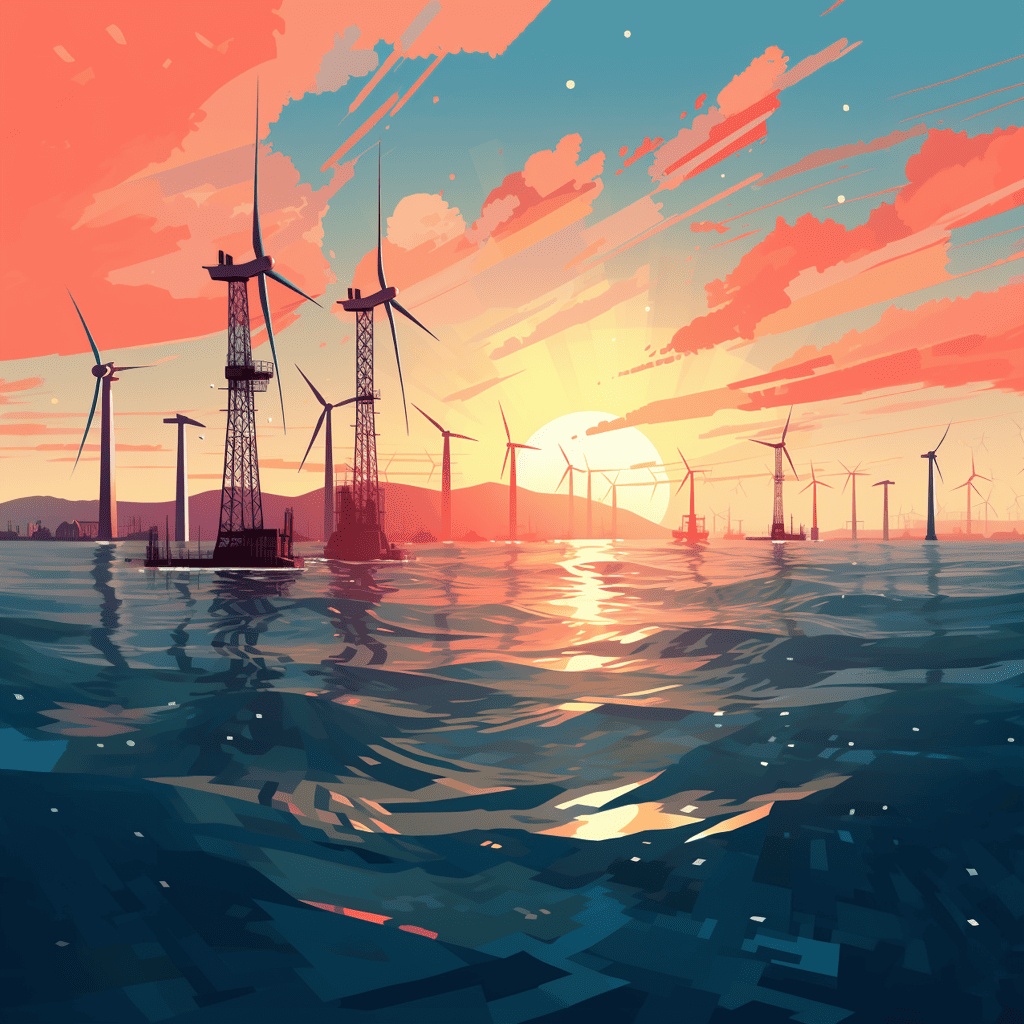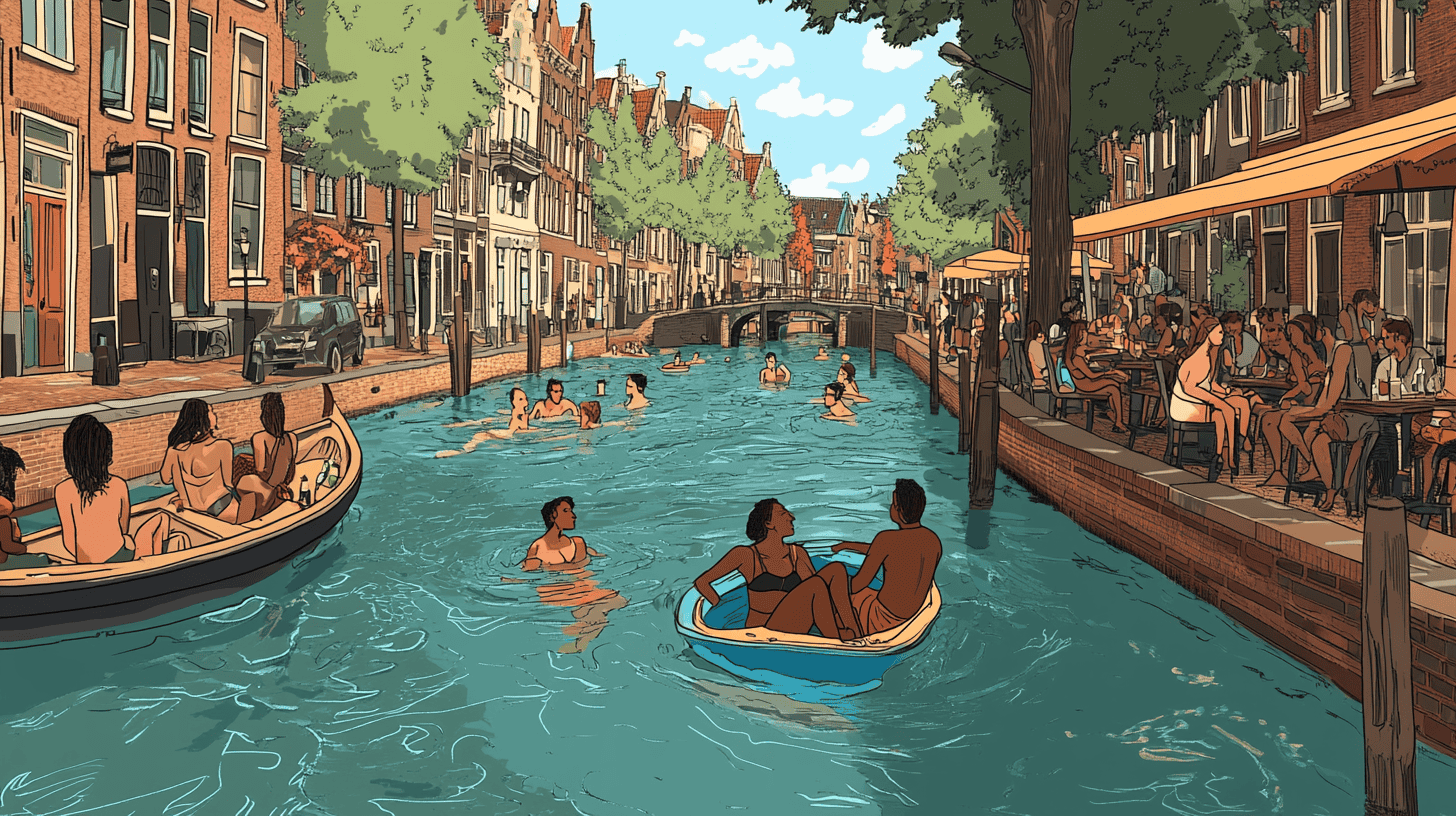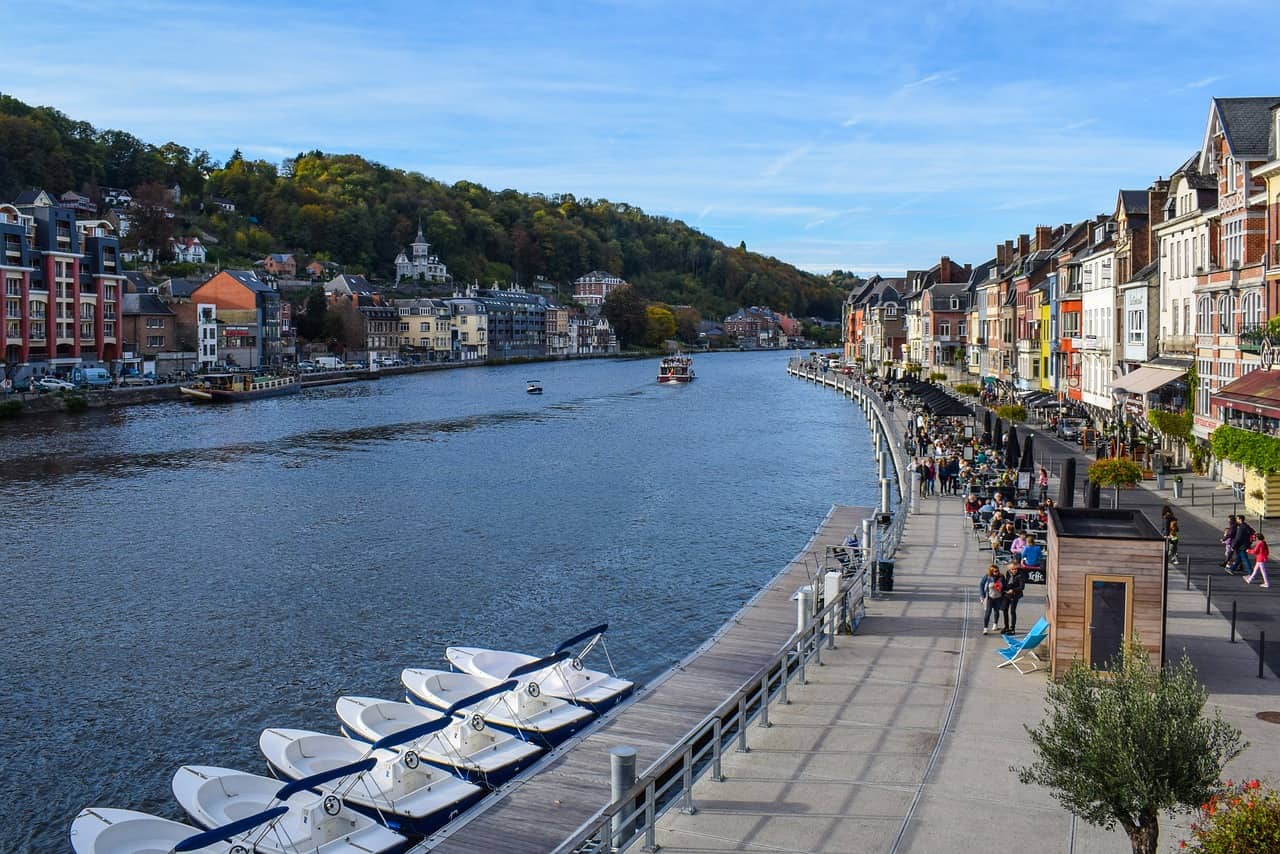
Bottles, caps, packaging: most of the plastic that ends up in natural waters does not flow to the sea, but lingers near the banks of rivers. Wageningen University & Research, together with two others, followed the tracks of plastic waste in the Meuse, and came to this conclusion. In this story, we take a look at three promising innovations that could come in handy with this problem.
- During floods, plastic is left behind in rivers and on banks.
- Technologies, such as a sweeping arm and a bubble curtain, help in the fight against plastic.
WUR studied the discharge of macroplastics in the Meuse Riverr after the 2021 flood. One of their findings was that even during an extreme flood like this, not all plastic litter is transported from a river to the sea. PhD student Rahel Hauk emphasises the importance of understanding the dynamics of macroplastics during extreme weather events. This understanding is crucial for effective prevention and management of plastic pollution.
A sweeping arm
Promising innovations exist to tackle the problem. The Interceptor, for example, developed by The Ocean Cleanup and led by Dutch entrepreneur Boyan Slat, is a ‘clean-up system’, a kind of sweeping arm, and uses wind, waves, currents and solar energy. It is capable of removing up to 100,000 kg of plastic from rivers per day. Besides collecting large floating debris, it can also capture microplastics between 0.5 and 5.0 mm in size. The collected plastics are sent to recycling facilities.
Thanks to its link to the internet, the Interceptor can operate automatically and provide real-time performance data. The project has an ambitious goal of cleaning a thousand rivers by 2025 and removing 90% of plastic from the oceans by 2040.
A bubble curtain
Then there is the bubble curtain, also developed by a Dutch start-up, namely The Great Bubble Barrier. The system contains a perforated tube at the bottom of the water through which air is pumped. This results in a screen of bubbles that blocks plastic and directs floating plastic particles to the surface. Due to the diagonal placement of the bubble curtain in the waterway, plastic waste is directed to the side and collected in the collection system. This works 7 days a week, 24 hours a day. And fish and shipping are not affected.
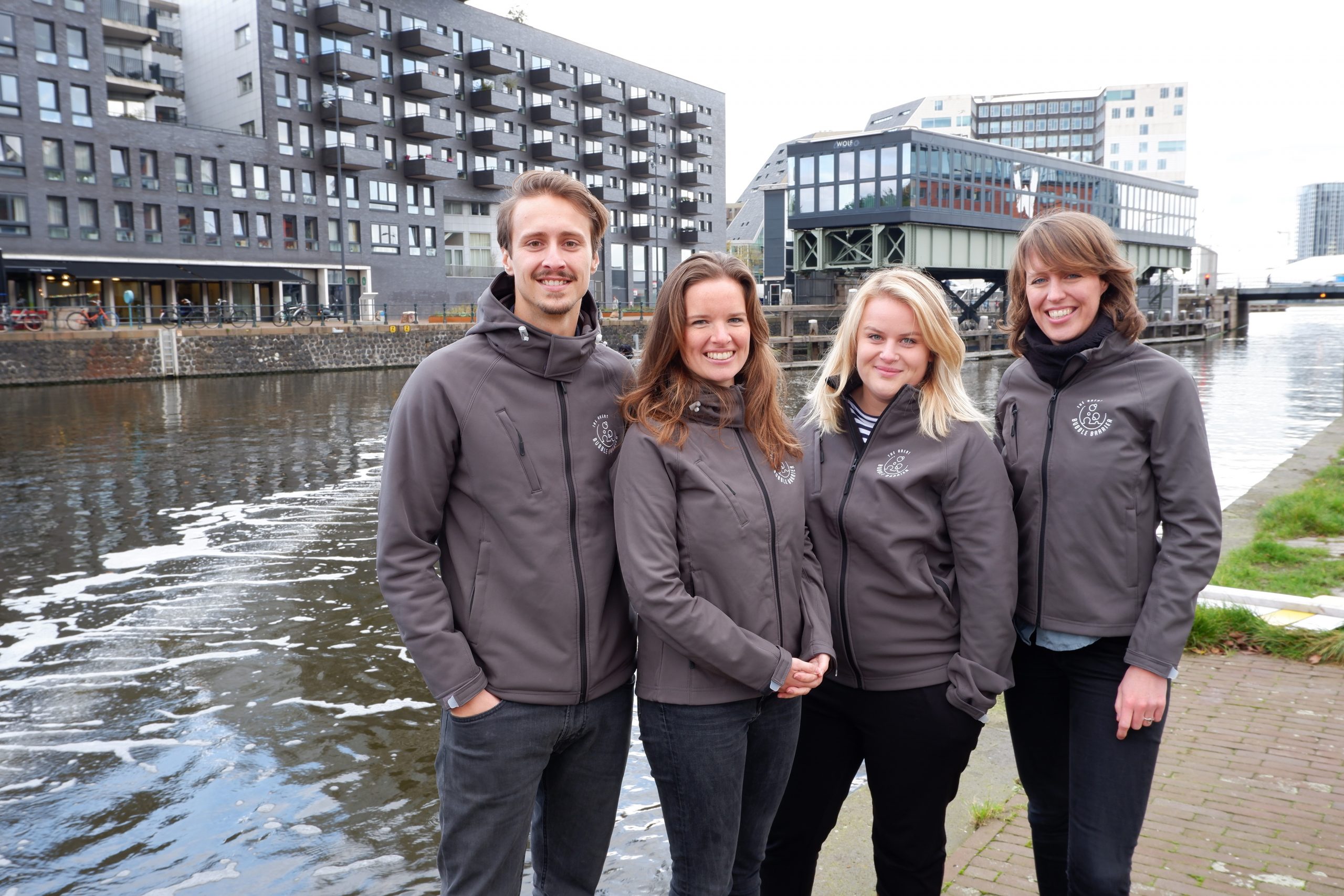
Plastic substitutes
Another innovation is the development of biodegradable substitutes for common plastic products. These products dissolve themselves after use, directly reducing the amount of macroplastics that can end up in our rivers.
There is no simple, one-size-fits-all solution to solve the plastic problem. With research at WUR, and innovative companies, there is a way forward that offers hope for a future. It will require a concerted effort by governments, companies, scientific communities and citizens.



